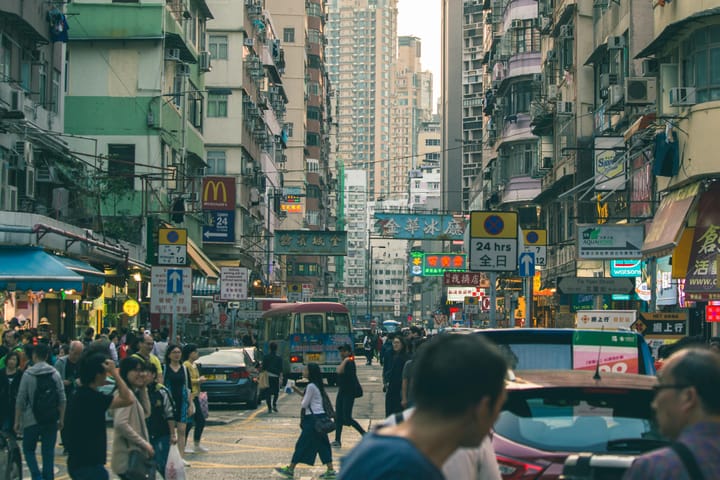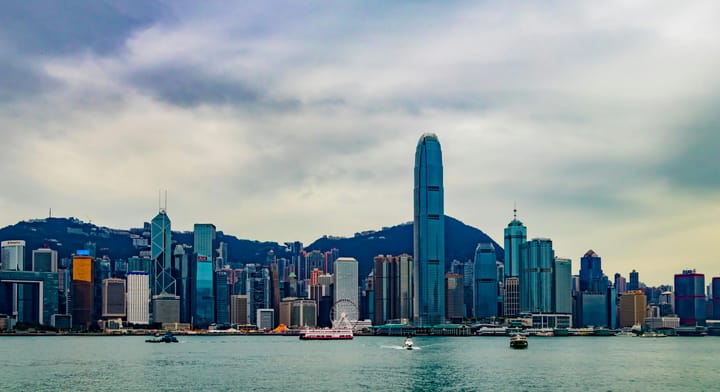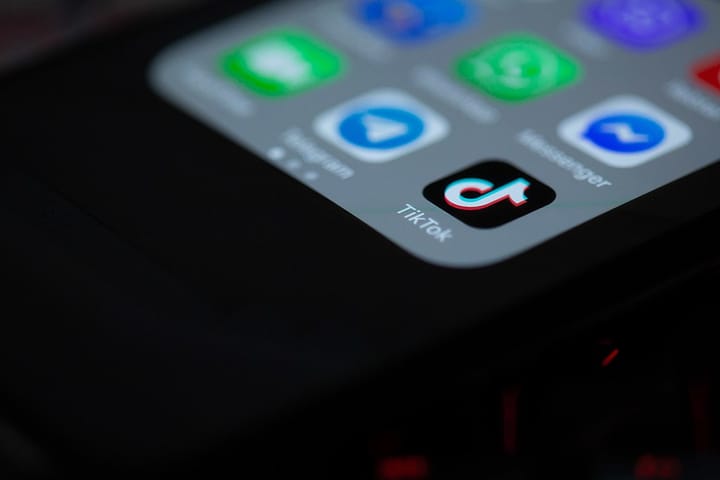Philippines declares Polio epidemic and launches new immunization campaign

A few minutes every morning is all you need.
Stay up to date on the world's Headlines and Human Stories. It's fun, it's factual, it's fluff-free.
On September 19, 2019, the Philippines announced the re-emergence of polio within the country. The announcement came 19 years after the WHO declared the infectious disease eradicated on the islands in 2000. The announcement came following two confirmed cases of polio, a 3-year-old girl from Lanao del Sur in the Davao region, and a 5-year old boy from Laguna province, south of Manila.
In addition, the poliovirus was detected in samples taken from Davao waterways and the sewage in Manila. According to the Philippines Department of Health, a single confirmed polio case or the collection of two positive, genetically linked environmental samples from separate locations is considered an epidemic in a polio-free country.
What is polio, and how does it spread?
Polio is a highly infectious disease that primarily affects children under five years old. It can cause irreversible paralysis, and 5-10% of paralysis cases are fatal due to loss of function of breathing muscles. Polio spreads by direct contact and through the poliovirus entering the environment via the feces of infected patients. There is currently no known cure for the disease, but it can be prevented by immunization.
Oral polio vaccination is safe to administer and highly effective in preventing polio. However, the WHO and UNICEF estimate that immunization coverage in the Philippines has been dropping in recent years, from 88% in 2013 to 70% in 2018, far below the recommended rate of 95%.
Low immunization coverage is also linked to the country’s measles and dengue fever epidemics, which the country declared earlier in 2019.
[article_ad]
What caused public distrust of vaccinations among Filipinos?
The Philippines has not fully recovered from a 2017 vaccination scandal that has been linked to the deaths of at least three children, causing national panic.
In 2016, the Philippines started administering the world’s first dengue fever vaccines to high-risk children. Dengue fever is one of the most common viruses spread by mosquitoes; the Philippines reported 200,000 cases in 2013. The maker of the vaccine, French pharmaceutical company Sanofi, projected that the vaccine could reduce the number of dengue fever cases by 24% over five years.
The campaign ended suddenly in November 2017, when Sanofi released new research revealing an alarming issue with the vaccine. For those who had previously had dengue fever, the vaccine worked well. However, children who had no previous exposure to dengue fever were still catching the disease after vaccination.
Far worse, the vaccine actually increased the risk of deadly complications for these children, resulting in multiple deaths – possibly far more than the three officially reported. The WHO has acknowledged that of the 830,000 children who received the Sanofi vaccine, about 100,000 are now at elevated risk.
The scandal led to widespread public distrust of all vaccines. According to the Journal of Human Vaccines & Immunotherapeutics, confidence in the safety of vaccines among Filipinos dropped from 82% in 2015 to just 21% in 2018.
The WHO has offered repeated reassurances that other types of vaccines are safe and effective, estimating that immunization prevents 2 to 3 million deaths each year. Unfortunately, the WHO previously endorsed universal use of the Sanofi vaccine on Filipino children. Rebuilding public trust will take time.
In April 2019, amid the measles and dengue fever outbreaks on the islands, the Philippines Department of Health joined with the WHO and UNICEF in the #VaccinesWork campaign. The campaign aims to combat the downward trend in vaccination rates in the country.
How the Philippines is responding to the new polio epidemic
In response to the recent outbreak, the Philippines will launch a polio immunization campaign in October 2019, with the goal of providing oral polio vaccinations to every child under five years old in high-risk areas. The Department of Health is also closely monitoring the environment throughout the country to detect any presence of poliovirus.
“I strongly urge parents, health workers, and local governments to fully participate in the synchronized polio vaccination, and practice good personal hygiene,” Philippines Department of Health Secretary Francisco Duque III said in a statement on Twitter.
According to the WHO, since the introduction of the polio vaccine in 1988, cases have decreased by over 99.9% worldwide, from 350,000 that year to only 33 in 2018. However, as the current situation in the Philippines shows, a resurgence of the disease can occur anytime the vaccination rate declines.
[article_ad]




Comments ()